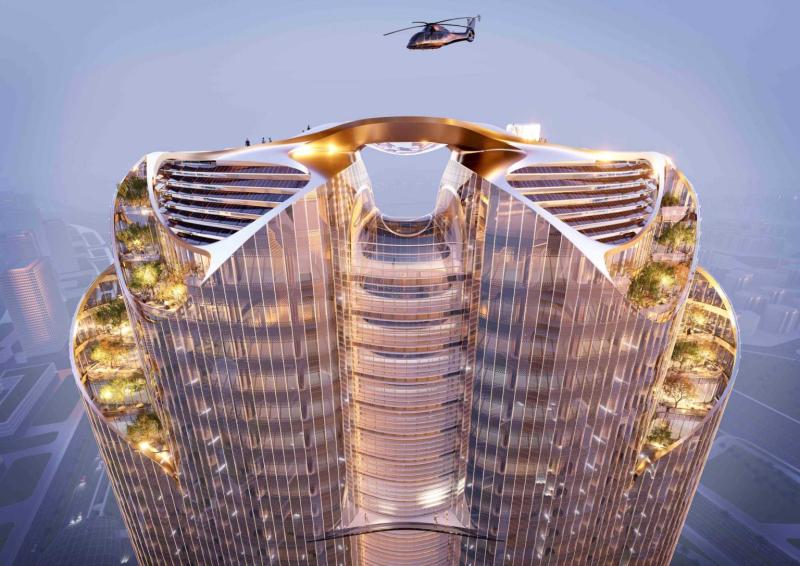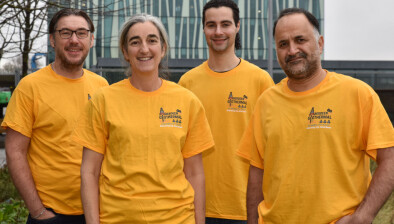And finally… blue-sky thinking

A 240-metre tower powered by hydrogen is being planned in Egypt.
Designed by Gordon Gill of Adrian Smith + Gordon Gill Architecture and to be developed by Magnom Properties, the Forbes International Tower intends to achieve a net-zero carbon footprint by powering its 43 floors via clean hydrogen, supplemented by solar panels on its facade.
Powered by 75% hydrogen and 25% photovoltaics, the building would not rely on a traditional power grid, according to Magnom. Magnom said constructing with materials with “low-embodied carbon” — materials with reduced associated emissions via their sourcing, manufacture and eventual disposal or reuse — could cut the carbon footprint of its construction by 58%. Meanwhile, water recycling and treatment on site will reduce freshwater demand — vital in an increasingly water-scarce country.
Magnom Properties has signed an agreement with Schneider Electric and H2 Enterprises to explore using LOHC technology as the skyscraper’s power source.
LOHC — liquid organic hydrogen carriers — are organic compounds that absorb or release hydrogen through chemical reactions, and can be used to store manufactured hydrogen and transport it in a stable form from source to end user. Liquid hydrogen compounds also mean existing fossil fuel transport infrastructure could be adapted for re-use with the new technology. Once transported, the hydrogen can be stripped from the LOHC and placed in a fuel cell to produce electricity.
The agreement, per Magnom, will assess the “design, space requirements and economic viability” of using clean hydrogen for the Forbes International Tower, meaning it’s not certain that hydrogen will be the eventual power source, CNN reports.














